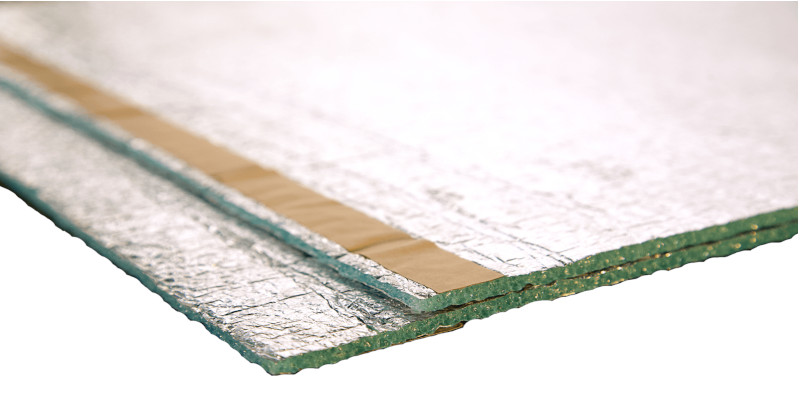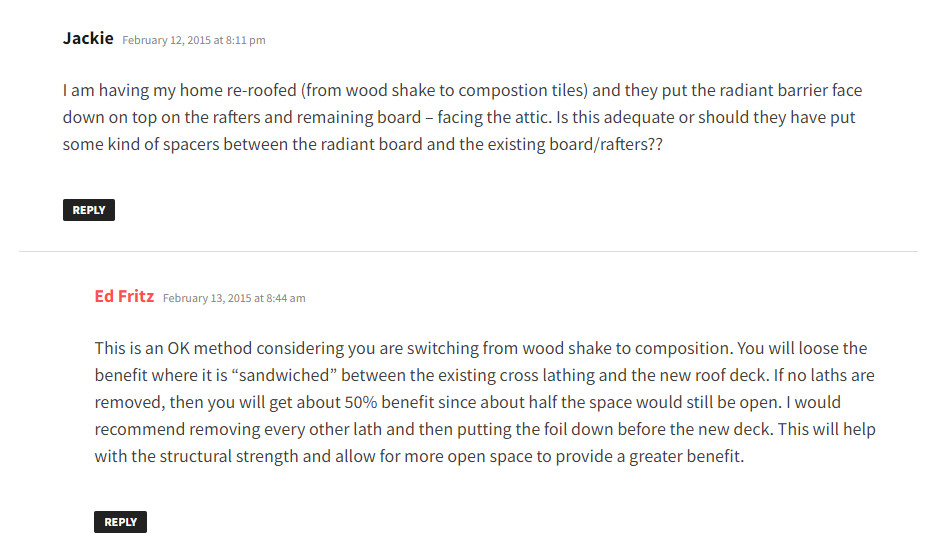
Low-E™ Foil Insulation Powerful Reviews*
Crafting a flawless spaceship demands precision and attention to detail, leaving no room for errors. The same holds true for selecting the perfect insulation.
Before we embark on the journey of choosing the ideal insulation product, it's imperative that we delve into the wealth of knowledge offered by meticulous reviews. The true value of a review lies in its ability to encapsulate what has been accomplished, discovered, and how these discoveries are artfully presented.
A product review's primary objective is to furnish a critical evaluation of the data gleaned from existing studies. These reviews are invaluable as they offer an impartial perspective to readers in their quest for the most effective insulation materials on the market.
A well-crafted review article acts as a compass, navigating through the vast sea of previously published research on a given subject. Its purpose is to provide a comprehensive snapshot of the current product landscape, distinguishing itself from original research articles that introduce new experimental findings.
For those seeking in-depth insights into Low-E™ products, this article serves as the perfect starting point.

Picture credit: Low-e.co.uk
LOW-E™
LOW-E™ is the oldest foil insulation for sale in the UK. Coming from America, where it has been used for over 20 years in various applications.
Although reflective foil insulation was re-popularised by the space industry, it has been around for 1000’s of years and is known by many names:
- radiant barrier,
- foil insulation,
- reflective insulation,
- multi foil,
- bubble wrap,
- space blanket.
The reflective facing is very thin layer of reflective aluminium foil, hence the name reflective foil insulation. The must be a strong reason for that.
Let's check what people say about it.
1. Review. Leave an air gap!
It turns out that reflective foil is a great product for lofts and walls which is where it seems to work best. Why? It is closely related to the principle of its operation.
A Low-E™ radiant barriers are highly reflective materials which significantly reduces the transfer of radiant heat by reflecting it away from its surface but…
One condition must be met- an air space.
An air space is needed for a radiant barrier to work. By definition, you must have a void for radiant heat to even exist. If you don’t have an air space then you basically dealing with conduction.
Unlike with Low-E this is by direct contact. Low-E products reflects back the heat by non-contact. Basically, heat from one object transferring to another object without the two ever touching.
Unlike conduction Low-E insulation in order to work they need space to block heat.
Above has been proven by customers.
“What is your opinion of using LOW-E reflective insulation for slab insulation?”

As pointed out earlier foil faced radiation reflection can only happen if facing some air space, which obviously is not the case under concrete floors .

Comment credit :https://www.greenbuildingadvisor.com/
2. Review. Keep it close to heat source
While Low-E™ is small, tidy and clean but understanding what LOW-E means can be difficult.
All surfaces have an “E” rating from 0.1 to 1.0. The “E” stands for emissivity, which is the ability of give off radiant heat to a cooler surface. The lower the “E” rating, the lower the amount of radiant heat the surface will give off.
That being said, the foil is most effective at this when it’s closest to the outside layer of the home.
Research indicates that foil insulation works best when it is placed near the heat source. This means that stapling it to the inside of the roof trusses or rafters is the best way to keep heat out in summer.
Here are the confirming reviews.

Comment credit: https://www.radiantbarrierguru.com/new-videowhy-is-an-air-gap-required-for-radiant-barrier-to-work/

Comment credit: https://www.youtube.com/watch?v=e2gCzUaoWM4
Now you see reviewing can encourage perception and general awareness both during and after experiences.
Bibliography
1. low-e.co.uk, “The History of Foil Insulation”accessed May 6, 2022
https://low-e.co.uk/blog/a-history-of-foil-insulation/
2. radiantbarrierguru.com “Why Is An Air Gap Required For Radiant Barrier To Work?” , accessed May 6, 2022
https://www.radiantbarrierguru.com/new-videowhy-is-an-air-gap-required-for-radiant-barrier-to-work/
3. youtube.com, “How To Measure Your Attic to Install Radiant Barrier (Or Just Call Us - We Are Experts At This!” November 16, 2018, accesed May 6,2022
https://www.youtube.com/watch?v=e2gCzUaoWM4
*All the information provided in the content published on Insulationgo blog is for informational and educational purposes only. Insulationgo LTD makes every effort to ensure the accuracy and timeliness of the content, but we do not assume any responsibility for any errors or omissions.
The information presented on this blog should not be considered as professional advice or a substitute for consulting relevant experts. Before making any purchase decisions or taking action based on the information presented here, it is strongly recommended to contact the product manufacturer directly to verify the details and ensure its suitability for your specific needs.
By using this blog, you acknowledge and agree that Insulationgo LTD shall not be held liable for any damages, losses, or inconveniences arising from the use or reliance on the information provided herein. This limitation of liability applies to all users of the blog, including but not limited to visitors, readers, and subscribers.










































































































